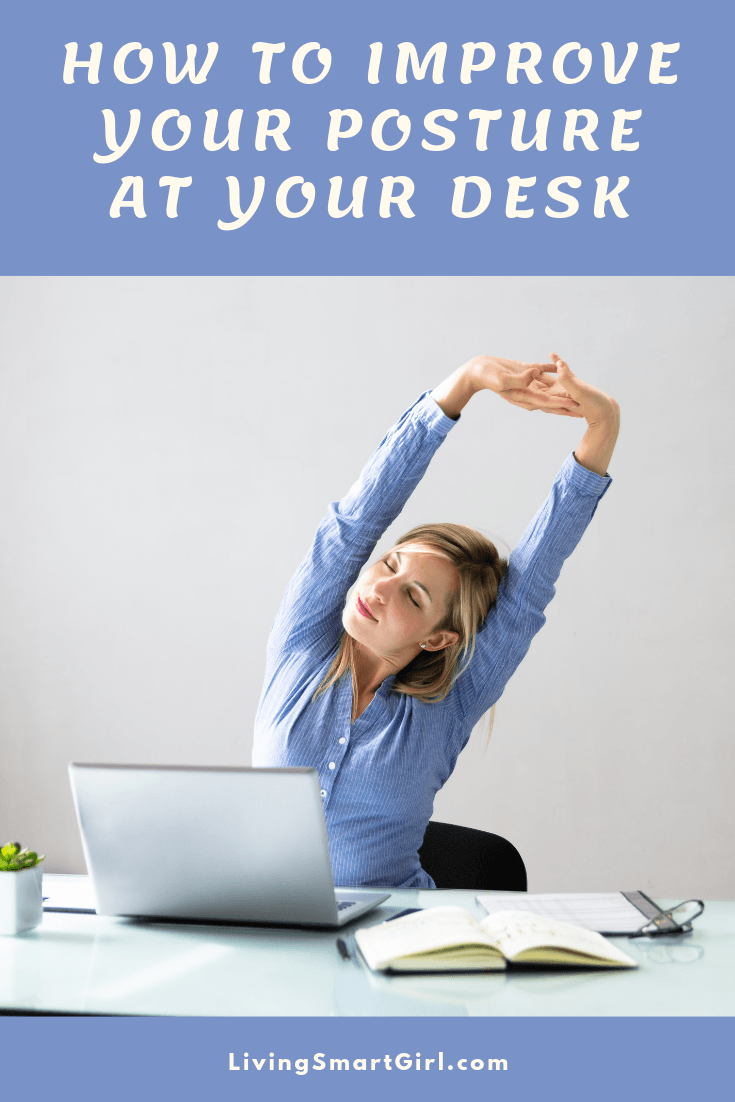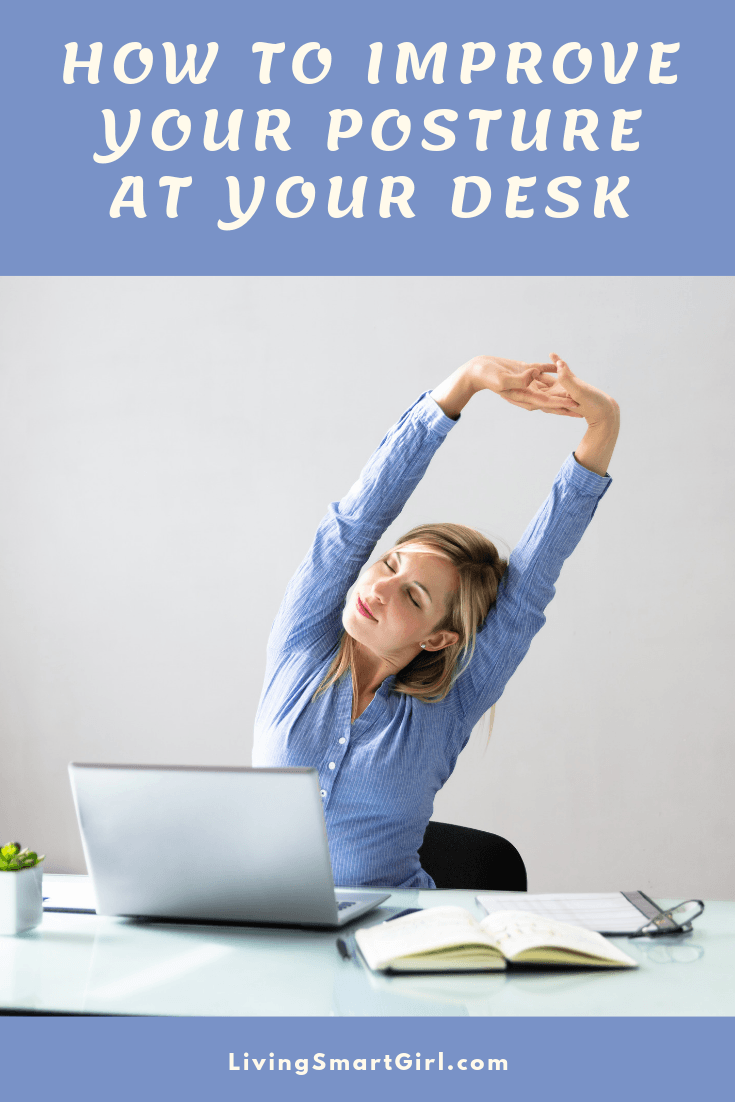
If you spend most of your working day at a desk, you’ll know that it can do terrible things to your posture. Whether you finish work with a bad back from a bad desk chair, aching shoulders from sitting hunched over your keyboard, or you have wrist strain from the angle of your mouse, you can do real damage to your body if you don’t protect your posture as you work.
Invest in a desk chair that supports you properly. It should be the right height for you to put flat on the floor, while still being able to look directly at your monitor. Choose a hair that offers lower back support, like Eames designs, and is comfortable to sit in for long periods.
Make sure you are maintaining a neutral position as you work. Your computer monitor should be at eye level, so you can work without tilting your head downwards. Pull your shoulders back and keep you back flat against your chair. Your feet should be placed flat on the ground, with no crossed legs or ankles. If you struggle with lumbar support, add a lumbar support tool to keep your back straight without slouching.
One of the big problems with sitting all day is the lack of movement. To prevent stiffness, take regular movement breaks. After every half an hour or so, get up and move around. If you work in an office, use these breaks to go and make a cup of coffee, go and speak to a colleague instead of sending an email, or take a bathroom break. A brisk walk helps a lot, even if it’s only around the room. If you work from home, you could get up and do some light stretches to loosen you up again. If you struggle with taking breaks, set a timer to remind you to get up and move about.
The way you set up your desk can help with your posture too. Put the things you use most within arm’s reach to avoid awkward stretching. Make sure you have plenty of room under the desk for your feet to prevent sitting at awkward angles.
It can take a while to train your body to stay in the best position for your posture, so invest in some ergonomic supports to make this easier. As well as the right chair, you can make it easier to sit in a neutral position with a foot stool under the desk. Boost your monitor to the right height with a stand, and adjust your keyboard to a comfortable position.
Many workers find that a desk that can be adjusted between sitting and standing heights. By spending some part of the day standing instead of seated, you can greatly reduce back and neck pain.
By taking care of how you sit at work, you can greatly improve your posture, and help you muscles to stay loose and pain free. Look after yourself at work to improve your health outside of it, reduce the risk of injury and minimise discomfort.



Leave a Reply